Major Schools of Though in Regenerative Agriculture and Land Management
Darren J Doherty, Regrarians
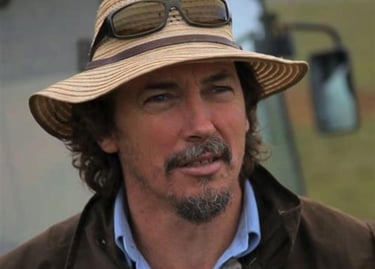

The world's foremost agricultural landscape & enterprise planning organisation. ’Regrarians’, a neologism of ‘Regenerative Agrarians’, is a term first coined by Darren J Doherty in 2013 to describe those who are actively undertaking the serious & timely process of regenerating, restoring, rehabilitating, rekindling and rebooting production landscapes, be they urban or rural, across the world.
Elaine Ingham's Soil Food Web
Dr. Elaine Ingham is a trailblazing soil microbiologist whose groundbreaking work has redefined how we understand and manage soil ecosystems. As the architect of the Soil Food Web theory, she revealed the dynamic relationships between microscopic life forms—bacteria, fungi, protozoa, nematodes, and more—that govern soil fertility and plant health.
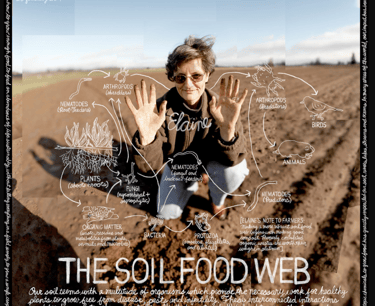

Joel Salatin, Polyface Farm
John Todd
Brad Landcaster
Jean Pain
Didier Meunier
P.A. Yeoman
Geoff Lawton

Murray Hallam

Allan Savory
Eugenio Gras, Más humus
Biodynamics by Rudolf Steiner
Masanobu Fukuoka
Geoff Lawton is a leading permaculture designer known for transforming degraded landscapes into thriving ecosystems, especially in arid regions like Jordan. He took over the Permaculture Research Institute (PRI) in Australia after its founders retired, which trains people worldwide in sustainable agriculture through hands-on courses and global demonstration sites. His work emphasizes regenerative design, ecological resilience, and teaching others to replicate successful models.
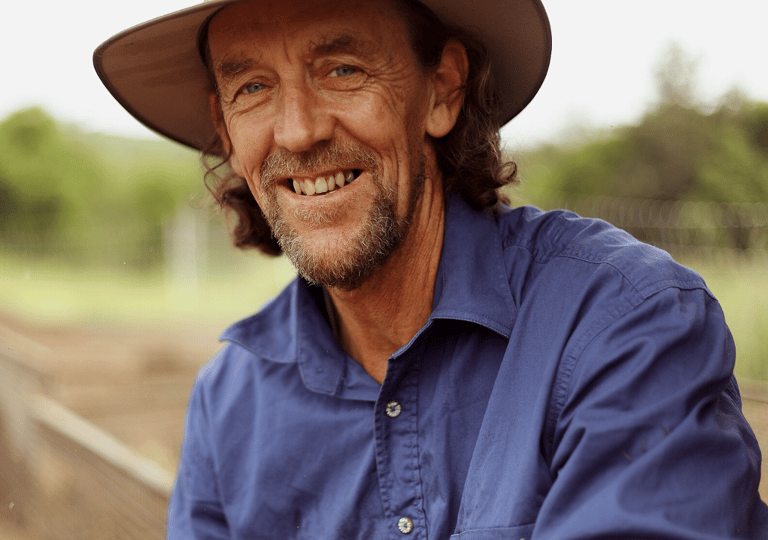

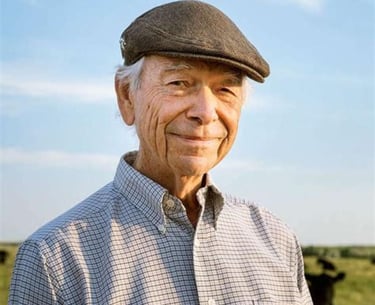

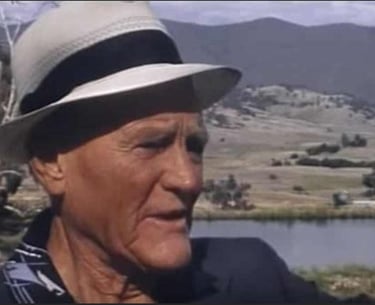

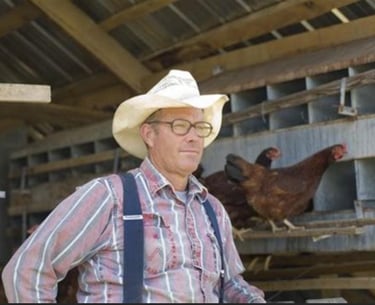

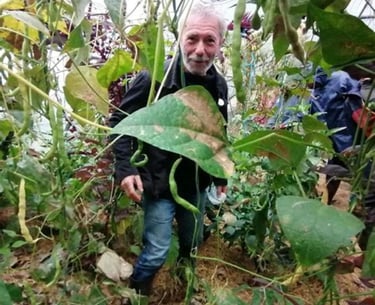

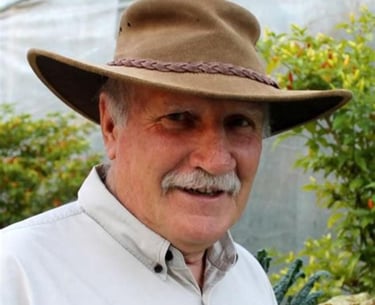

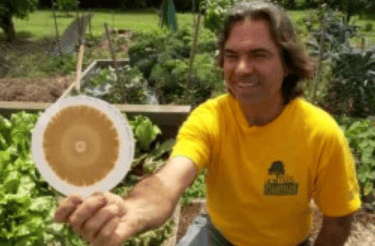

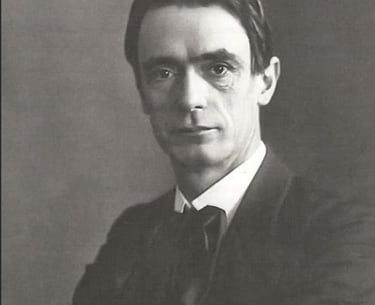

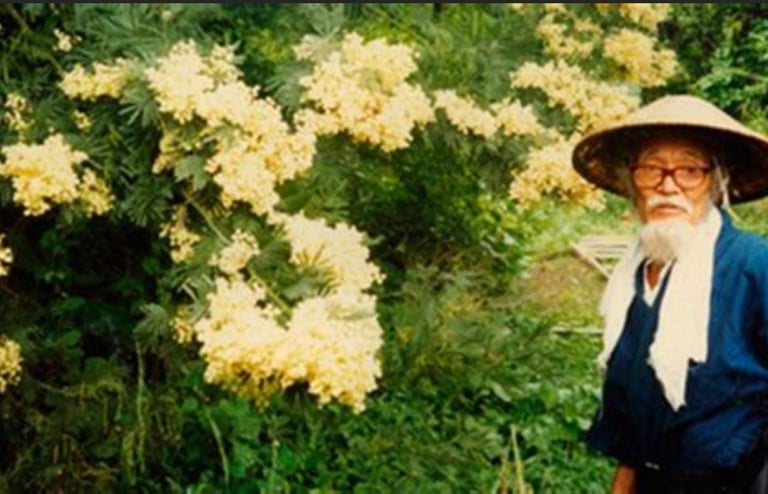

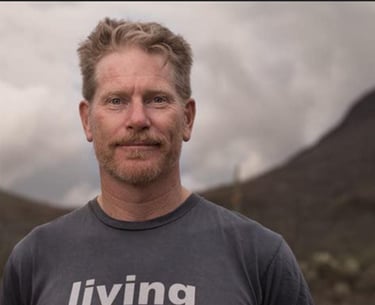

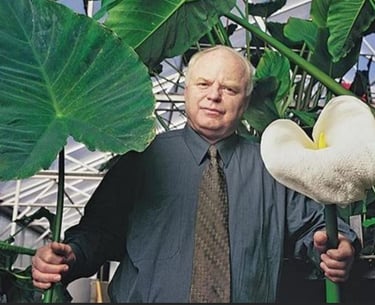

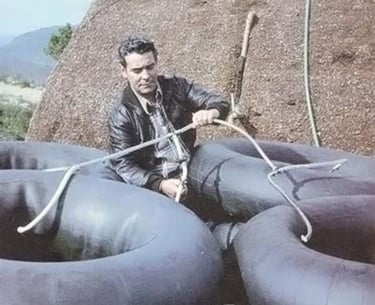

Lydia et Claude Bourguignion
Frank Chevalier
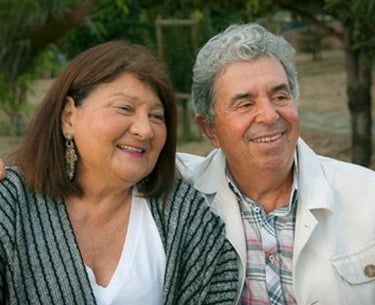

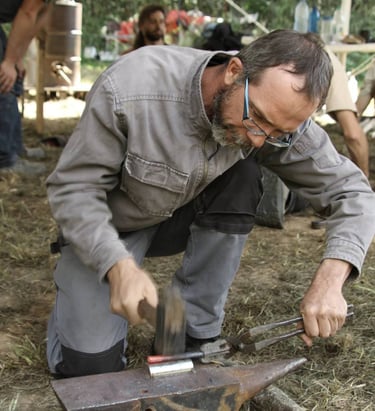

Holistic Management, pioneered by Allan Savory in the 1980s, is more than a land restoration method—it’s a paradigm shift in how we make decisions that affect ecosystems, economies, and communities. Rooted in Savory’s fieldwork across Africa and the Americas, this approach recognizes that environmental degradation is often a result of fragmented thinking—not nature itself.
often dubbed the Lunatic Farmer, champions a radical yet refreshingly practical vision of agriculture—one that works with nature, not against it. At his Polyface Farm in Virginia, Salatin reimagines farming as a symphony of soil, animals, and community, where each element plays a regenerative role.
the visionary behind Keyline Design, reimagined land management as a choreography of topography, water, and soil—where every contour holds the potential for regeneration. A mining engineer turned farmer, Yeomans saw landscapes not as static terrain but as dynamic systems waiting to be read, shaped, and healed.
Agroecologist and seed guardian, has spent decades cultivating not just plants—but autonomy, biodiversity, and resilience. From France to Haiti, Mali to Morocco, his work empowers communities to reclaim their right to grow, save, and share seeds adapted to their land and culture.
Pioneering soil microbiologists, have spent decades revealing the hidden life beneath our feet. Through their work at the Laboratoire d’Analyses Microbiologiques des Sols (LAMS), they’ve shown that healthy soil is the cornerstone of terroir, vitality, and resilience—not just for vineyards, but for all cultivated landscapes.
Self-taught forester and visionary inventor, transformed the humble brushwood of Provence into a source of heat, fertility, and autonomy. In the 1970s, he developed a composting system that turned forest thickets into biogas, hot water, and rich humus—all without chemicals, irrigation, or fossil fuels.
biologist and ecological designer, pioneered the concept of Living Machines—systems that treat wastewater by mimicking the biodiversity of wetlands. His work bridges biology, engineering, and art, showing that nature’s intelligence can heal what industry degrades.
Desert permaculturist and water-harvesting evangelist, teaches us to “plant the rain before planting the plants.” In Tucson, Arizona, he transformed his urban neighborhood into a lush oasis—fed not by irrigation, but by street runoff, greywater, and stormwater.
Austrian philosopher and founder of biodynamic agriculture, saw the farm as a living organism—where soil, plants, animals, and celestial forces co-create vitality. In his 1924 Agriculture Course, Steiner laid the foundations for a regenerative system that blends spiritual science, ecological balance, and cosmic rhythms.
Japanese farmer and philosopher, taught that the deepest truths in agriculture come not from control—but from observation, humility, and trust in nature’s rhythms. His method, known as Natural Farming or Do-Nothing Farming, rejects plowing, fertilizing, and weeding—not out of laziness, but out of reverence for the self-organizing intelligence of ecosystems.
Aquaponics pioneer and educator, reimagines food production as a closed-loop symbiosis—where fish nourish plants, and plants purify water. At Practical Aquaponics in Australia, he’s built systems that thrive in backyards and commercial farms alike, proving that clean, chemical-free food can be grown anywhere, with minimal land and water.
Más humus is a Mexican regenerative agriculture collective founded by permaculture expert Eugenio Gras, dedicated to restoring rural landscapes through ecological design and farmer education. Centered on Keyline hydrology, biofertility, and agroforestry, Máshumus blends hands-on training with real-world projects like Rancho San Ricardo to demonstrate how water, soil, and community resilience can be rebuilt in tandem.


















French farmer, designer, and educator, bridges engineering, agroecology, and land wisdom to regenerate soils and restore water cycles. After 15 years in conventional agriculture, he turned toward permaculture, Keyline Design, and Holistic Management, reshaping farms into living systems that honor both ecology and autonomy.

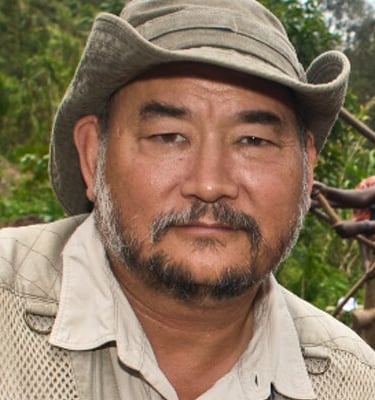

Joseph Simcox
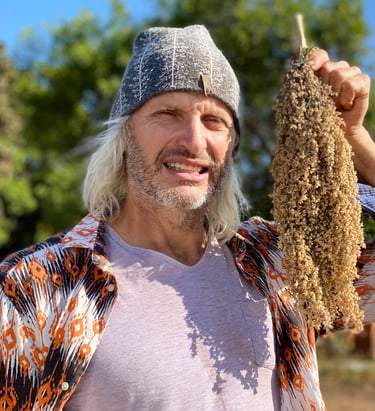

Botanical explorer and ethnobotanist, has traveled to over 100 countries in search of forgotten food plants and ancestral seeds. His work bridges biodiversity, cultural memory, and food sovereignty—reviving edible species that industrial agriculture left behind. From mountain villages to rainforest markets, Simcox documents, tastes, and shares seeds that tell stories of place, resilience, and flavor.


Paul Stamets
Renowned American mycologist and visionary whose work has revolutionized how we understand fungi. With over four decades of research, he’s become a leading voice on the medicinal, ecological, and even planetary potential of mushrooms. His advocacy for mycoremediation—the use of fungi to clean up polluted environments—and his research into immune-supporting species like turkey tail and lion’s mane have made him a key figure in sustainability and health innovation.
Sepp Holtzer
Sepp Holzer is an Austrian farmer and permaculture expert who pioneered regenerative techniques in harsh alpine conditions. On his Krameterhof farm, he developed methods like hugelkultur beds, natural water retention, and layered polycultures that mimic wild ecosystems. His work, captured in books like The Rebel Farmer, shows how observation, biodiversity, and minimal intervention can restore landscapes and nourish communities.

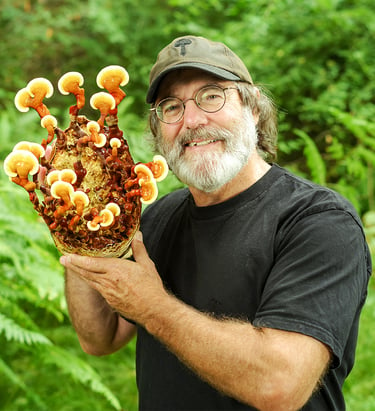

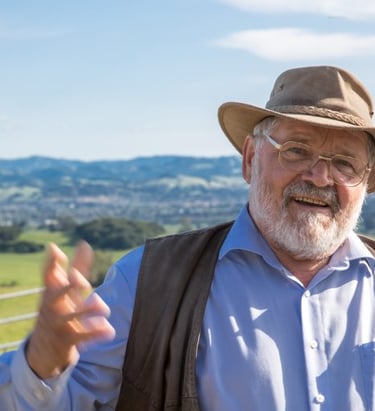


Our teachers and Trainers
Our Inspirations

Permaculture, coined by Bill Mollison and David Holmgren in the 1970s, is more than a design philosophy—it’s a way of living with the land that prioritizes resilience, regeneration, and reciprocity. Inspired by Indigenous stewardship, ecological science, and systems thinking, permaculture offers tools to create abundant, low-input landscapes that mimic natural ecosystems.
filmmaker turned ecologist with Hope in a Changing Climate and Green Gold, he’s shown how degraded landscapes—from China’s Loess Plateau to Rwanda’s hillsides—can be revived through ecological design, community effort, and soil regeneration. Founder of the Ecosystem Restoration Camps (ERC) movement, Liu has helped spark a global network of grassroots sites where people come together to restore soils, rebuild water cycles, replant biodiversity, and relearn ecological stewardship.
John D. Liu
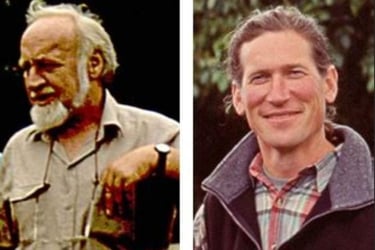

Bill Mollison and David Holmgren


Sustainability
Designing ecosystems for improved agricultural productivity and durability.
contacts:
Tori Suzuki +212-672 18 85 65
Mehdi Cherkani +212-661 32 63 04
Tabi3a Systeme ICE :003046957000092 IF : 52495820© 2025. All rights reserved.
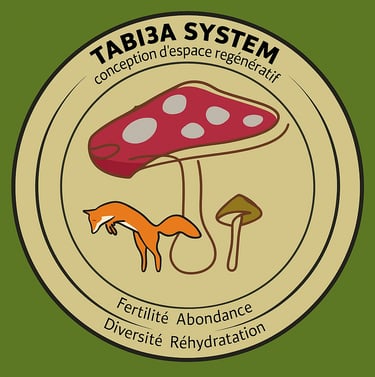

tori.regeneration@gmail.com
mehdi.regeneration@gmail.com
